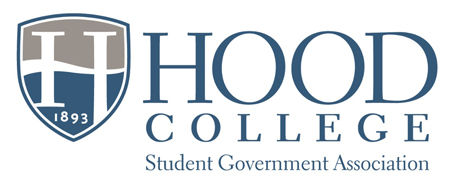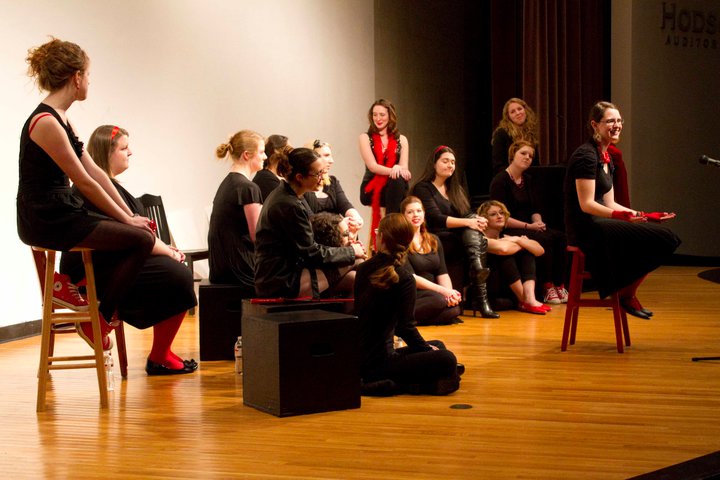

By Charles Baynum//
Diviision III athletes not only need to show strength and endurance on the court and field. Many also need to be astute fundraisers as well.
Unlike Division I and II programs that benefit from athletic scholarships and substantial institutional funding, Division III teams often rely on fundraising efforts, donor contributions, and individual team initiatives to generate money for travel, equipment and facility upgrades.
“Teams at this level are largely self-funded, meaning their budgets depend on how much money they can raise through donations, fundraising events, and other financial contributions,” says Matthew Gelhard, Hood College’s sports information director.
One of the biggest fundraising events at Hood College is the annual Blue and Grey Golf Tournament, which supports student athletes. Gelhard emphasized that this event is a major way the department raises money each year. “The golf tournament is always a big success and helps us provide for our athletes,” he noted. By participating in this event, donors and community members contribute directly to the athletic department at Hood College.
Gelhard also highlighted the importance of donors in the fundraising process. “The amount we can provide to each team depends largely on the generosity of our donors,” he said. “Some teams receive substantial support, while others continue to work hard at raising additional funds to meet their needs.”
In previous years, the athletic department held raffles to generate funds for all of the teams. Now teams take a more independent approach to securing financial support through individualized fundraising campaigns. These efforts include online donation pages, team-organized events and sponsorship opportunities.
The women’s ice hockey team, for example, benefited from a substantial donation this season, which allowed them to invest in top-notch gear. This financial boost significantly enhanced their competitive experience and training resources. Donations such as these demonstrate how financial support directly impacts a program’s success and ability to remain competitive.
Hood College teams have also used online crowdfunding platforms, which allow student-athletes to reach out to alumni, family and supporters willing to contribute to their success. These digital fundraising campaigns have grown in popularity as they provide an easy and efficient way for teams to raise money. The men’s lacrosse team at Hood uses the online platform Ryzer to generate donations.
Additionally, some teams organize fundraising events, such as charity runs or benefit dinners, which not only generate revenue but also foster community engagement and alumni involvement. These events serve as a dual-purpose opportunity—raising essential funds while strengthening connections between athletes and their supporters.
While fundraising is a critical component of sustaining Division III athletics, it comes with challenges. Teams must compete for donations not only with each other but also with other campus organizations, making it difficult to secure consistent financial support. Moreover, student-athletes and coaching staff must balance their time between training, academics, and organizing fundraising initiatives, adding an additional layer of responsibility.
Sean Seely, an athlete on both the men’s volleyball and baseball teams, explained that he was not sure about who or where the donations go to. “We worked a concession stand at a Ravens game for volleyball, and we sold coffee for men’s baseball.”
Another challenge lies in donor fatigue. With multiple teams running fundraising efforts simultaneously, supporters may feel overwhelmed with requests for contributions.
Budget constraints also mean that some programs struggle to afford the same resources as others. Teams that receive fewer donations may have to travel on tighter budgets, settle for older equipment, or train in less advanced facilities. This financial disparity can create an uneven playing field within the same athletic department, making strategic fundraising efforts even more vital.
Gelhard acknowledged these financial challenges. “It’s always a tough balance,” he said. “Some teams manage to secure more funding than others, but we are always looking for ways to make sure all of our student-athletes have the best possible experience.”
##




Be the first to comment